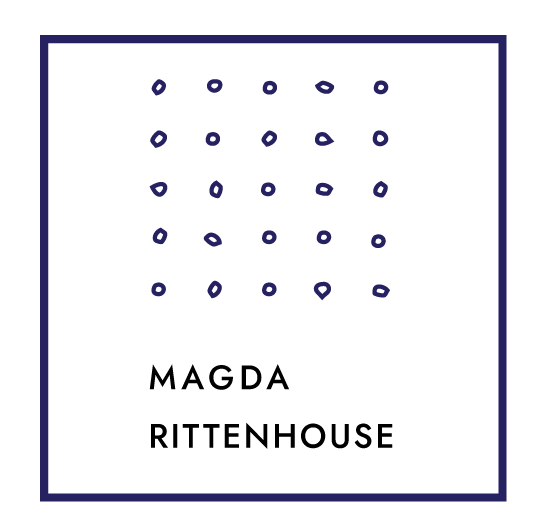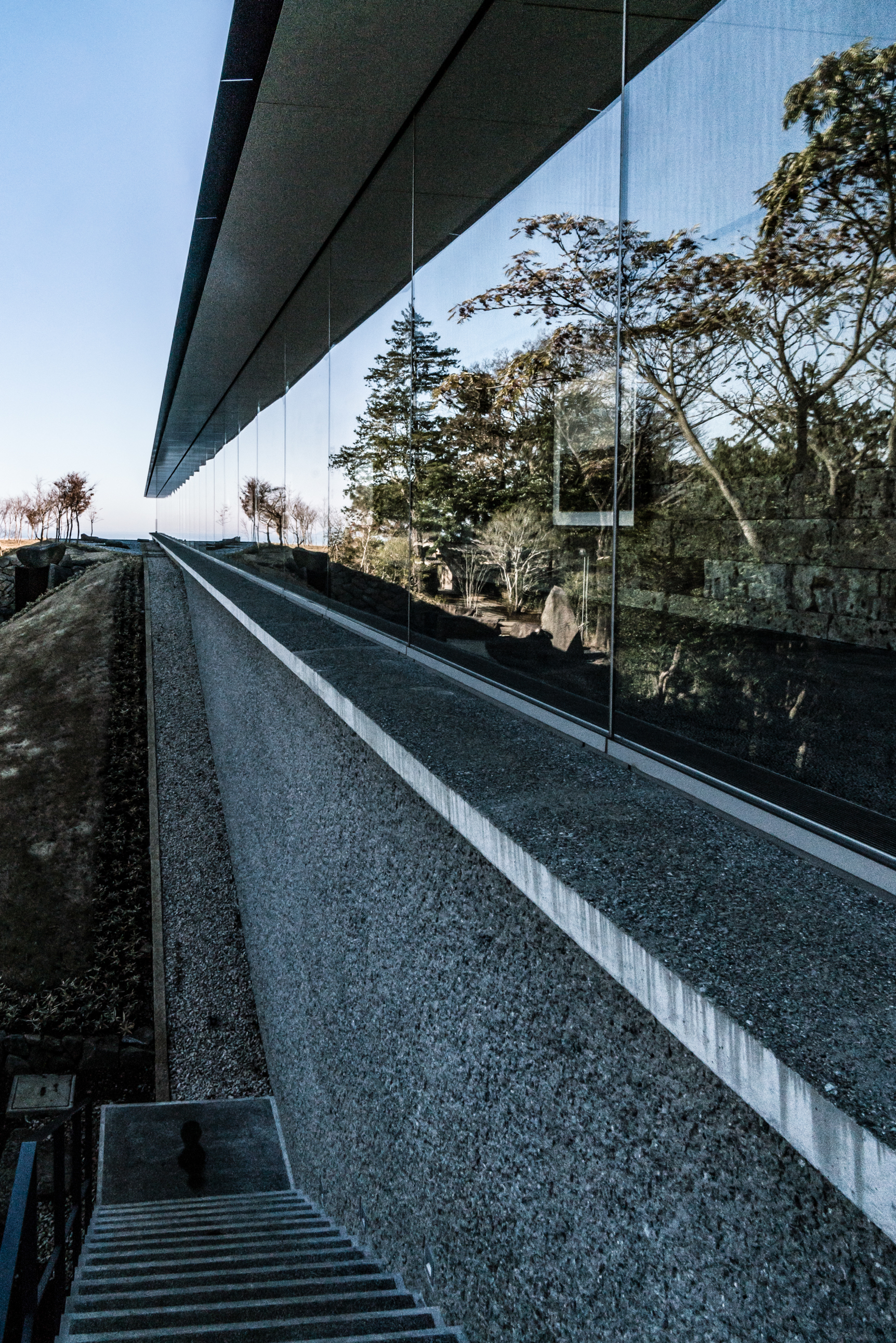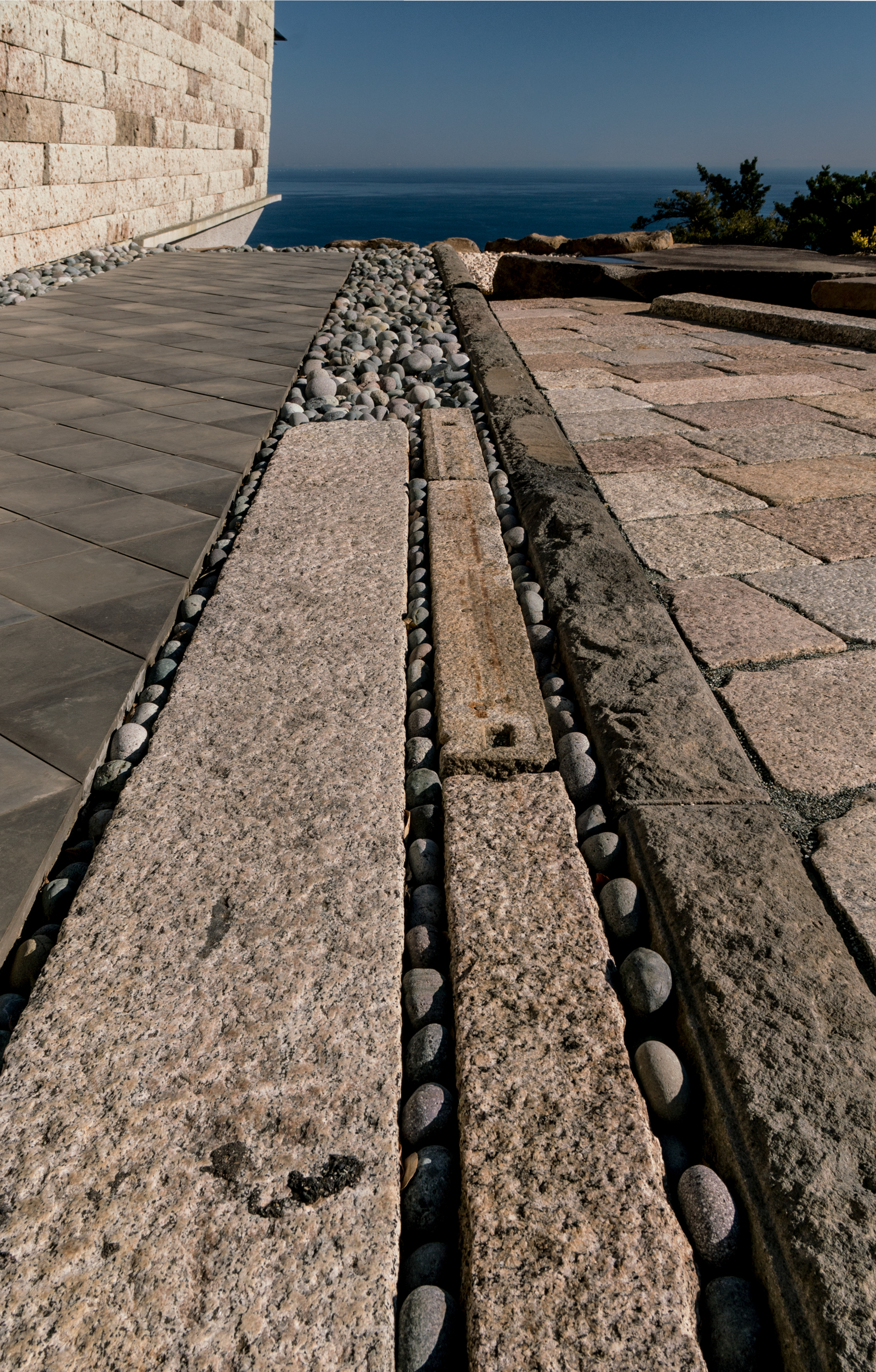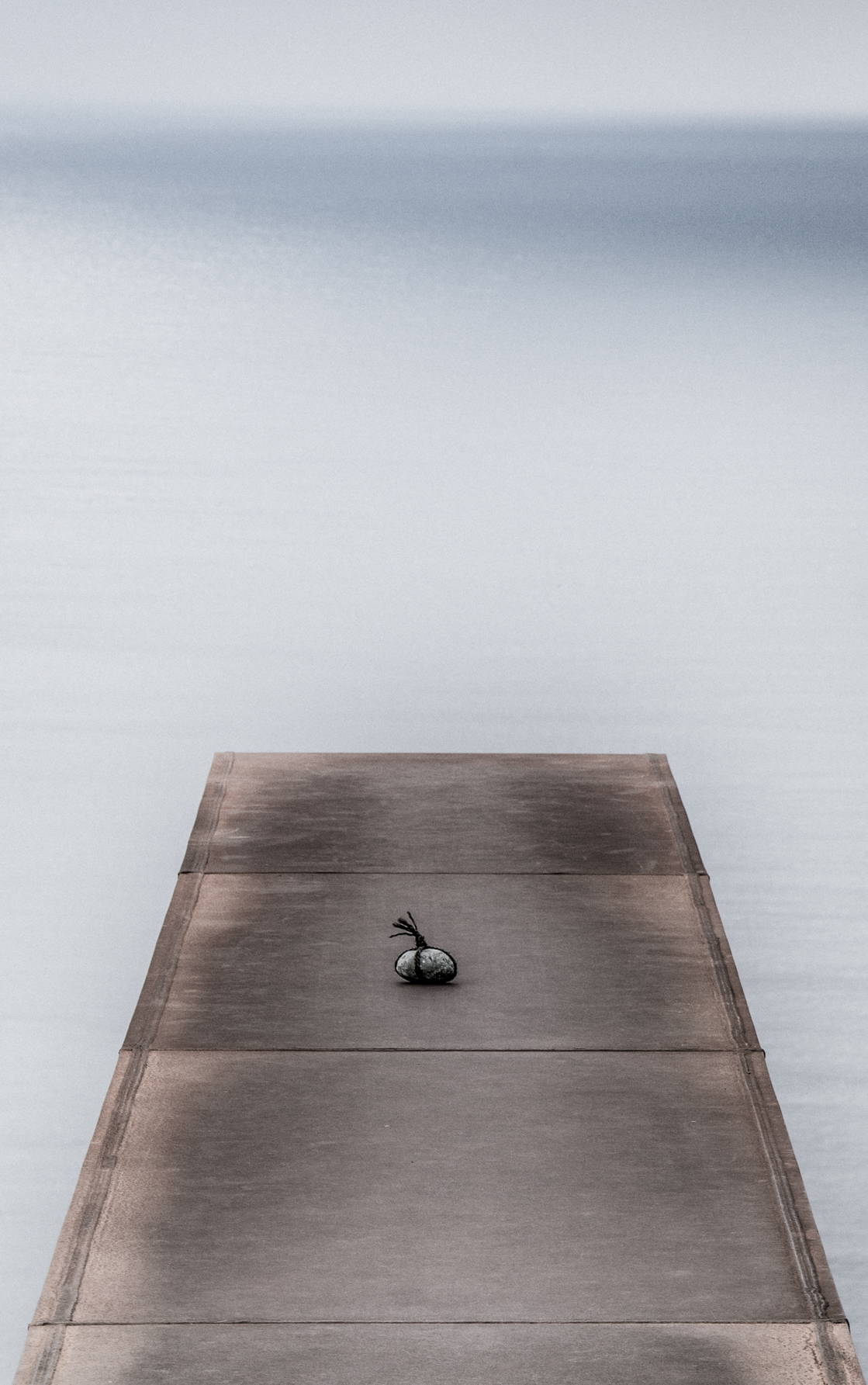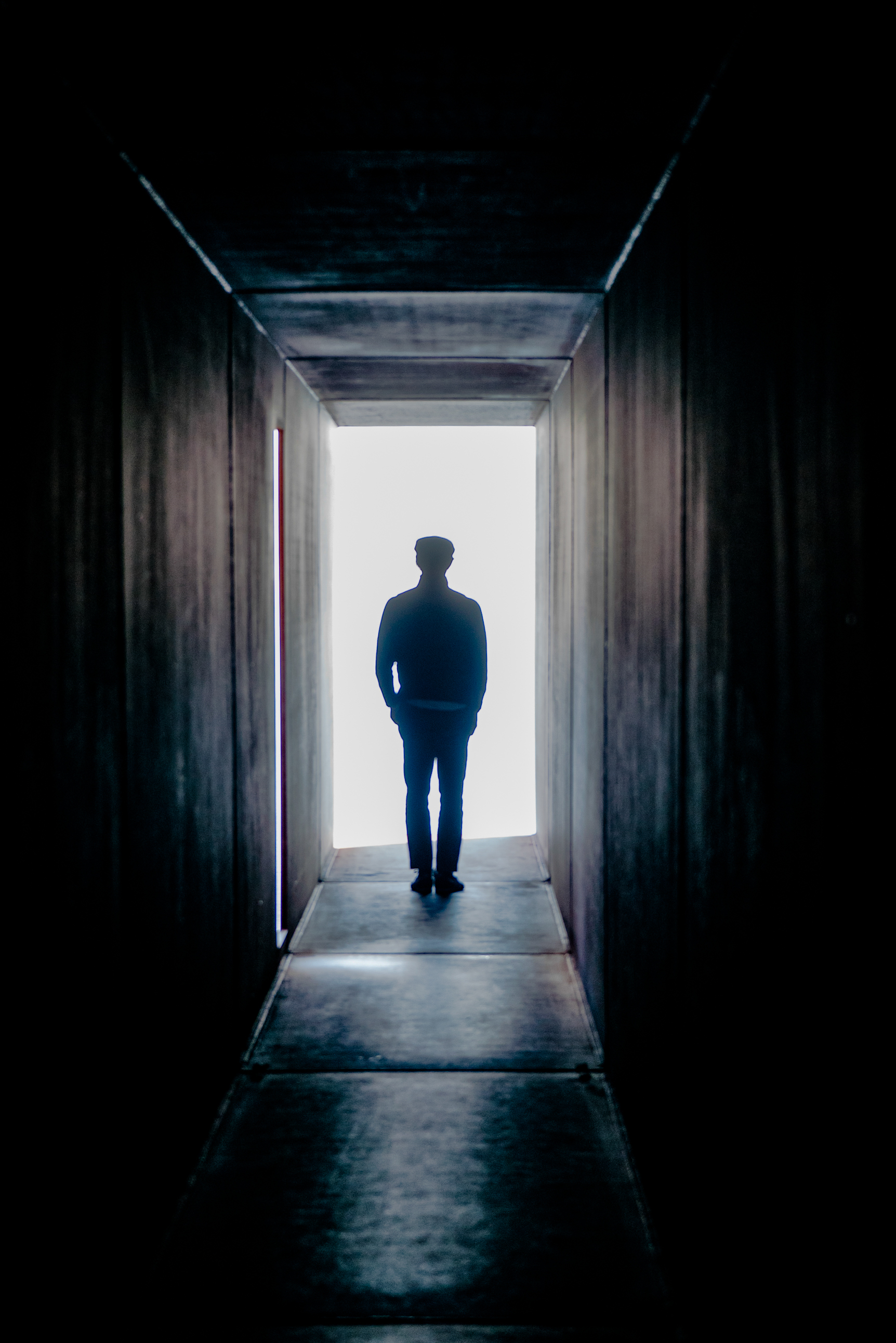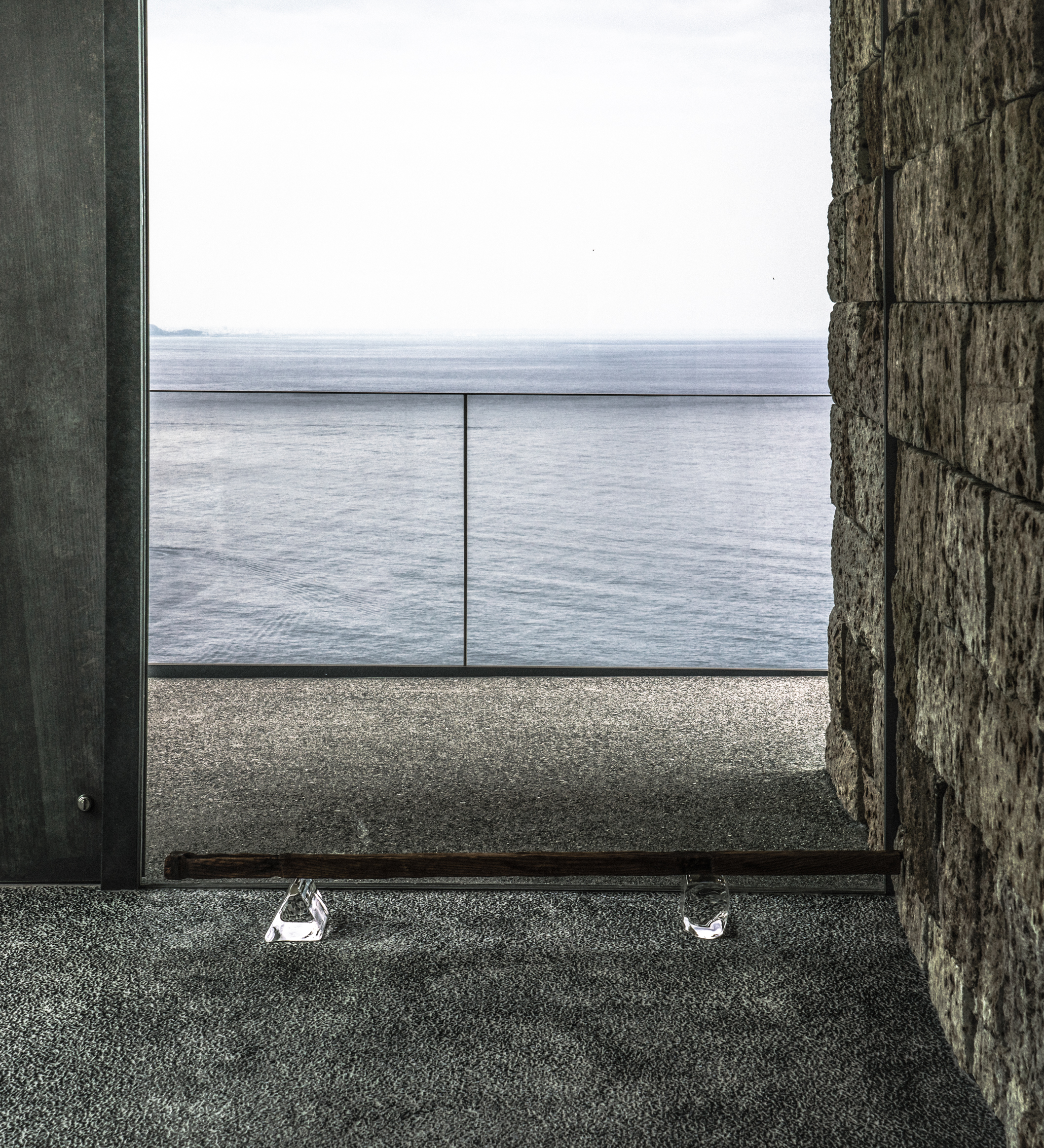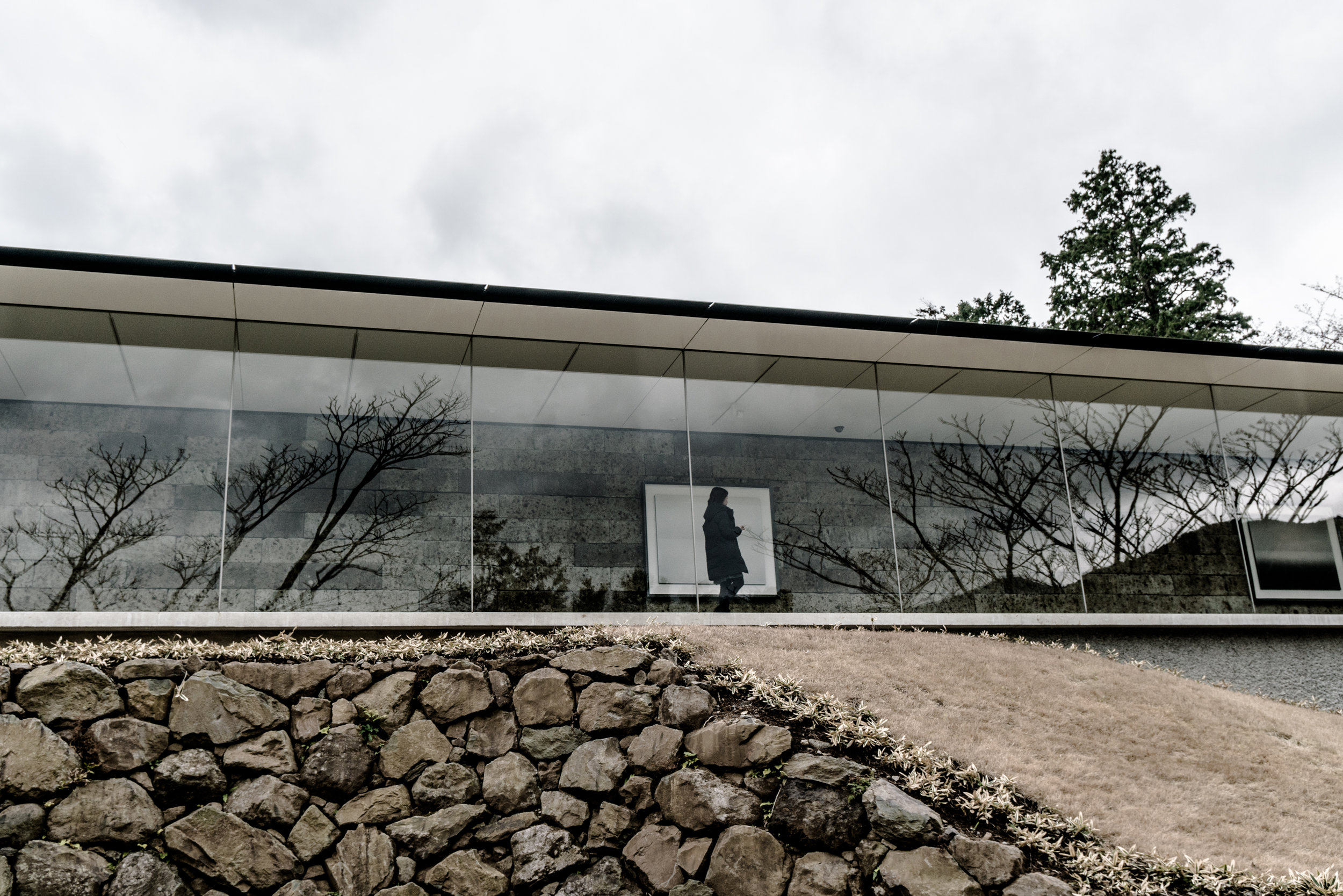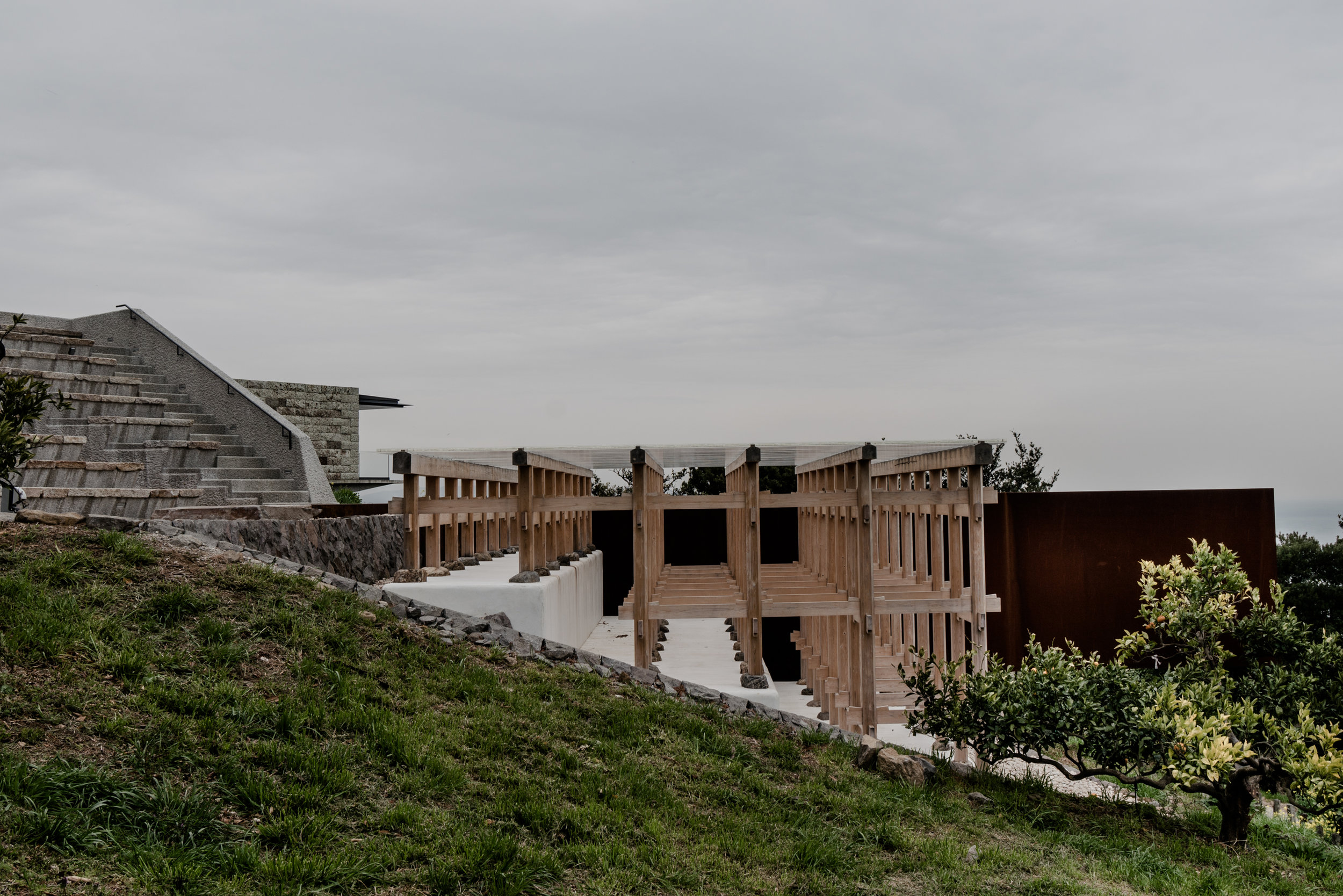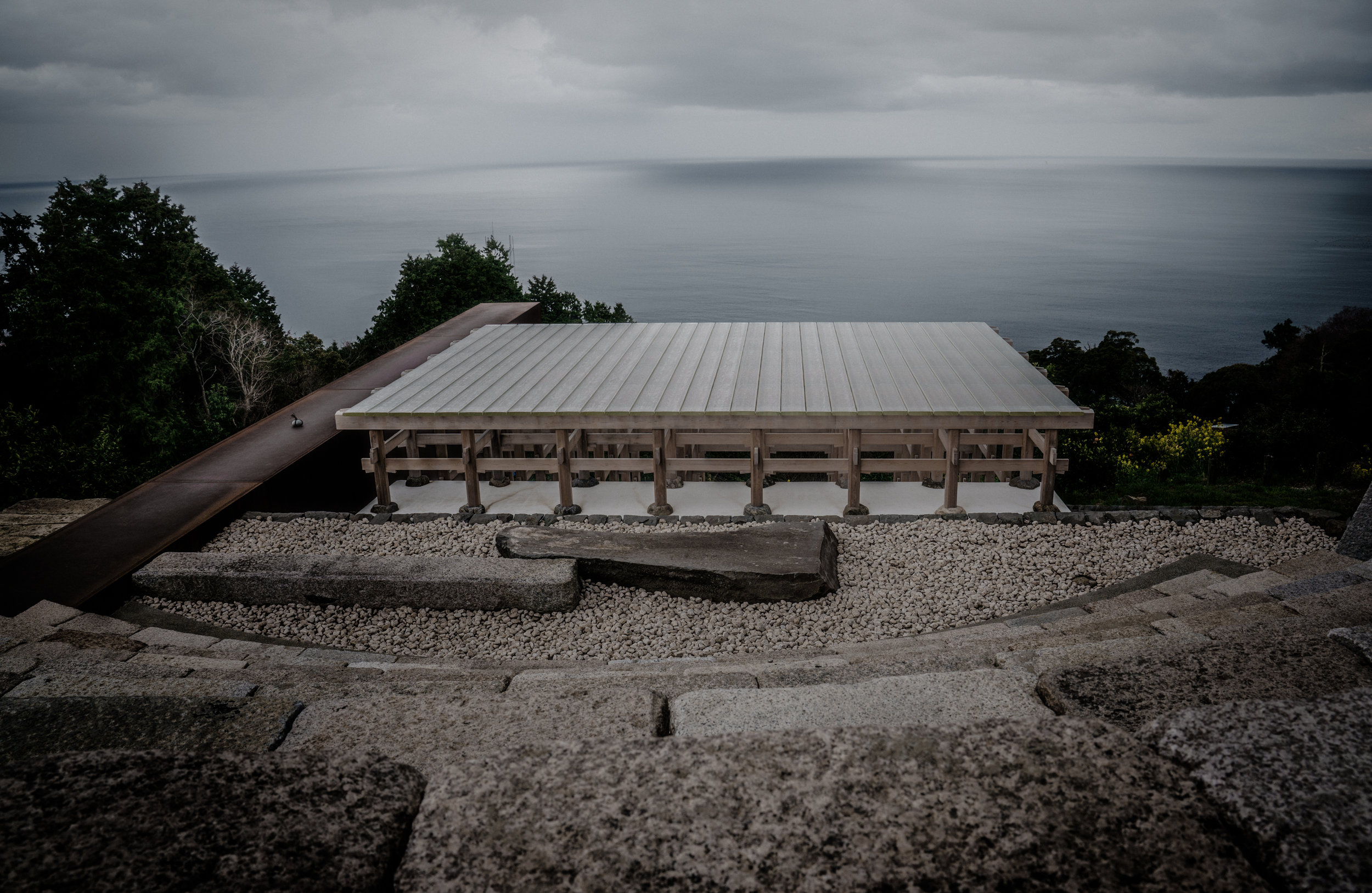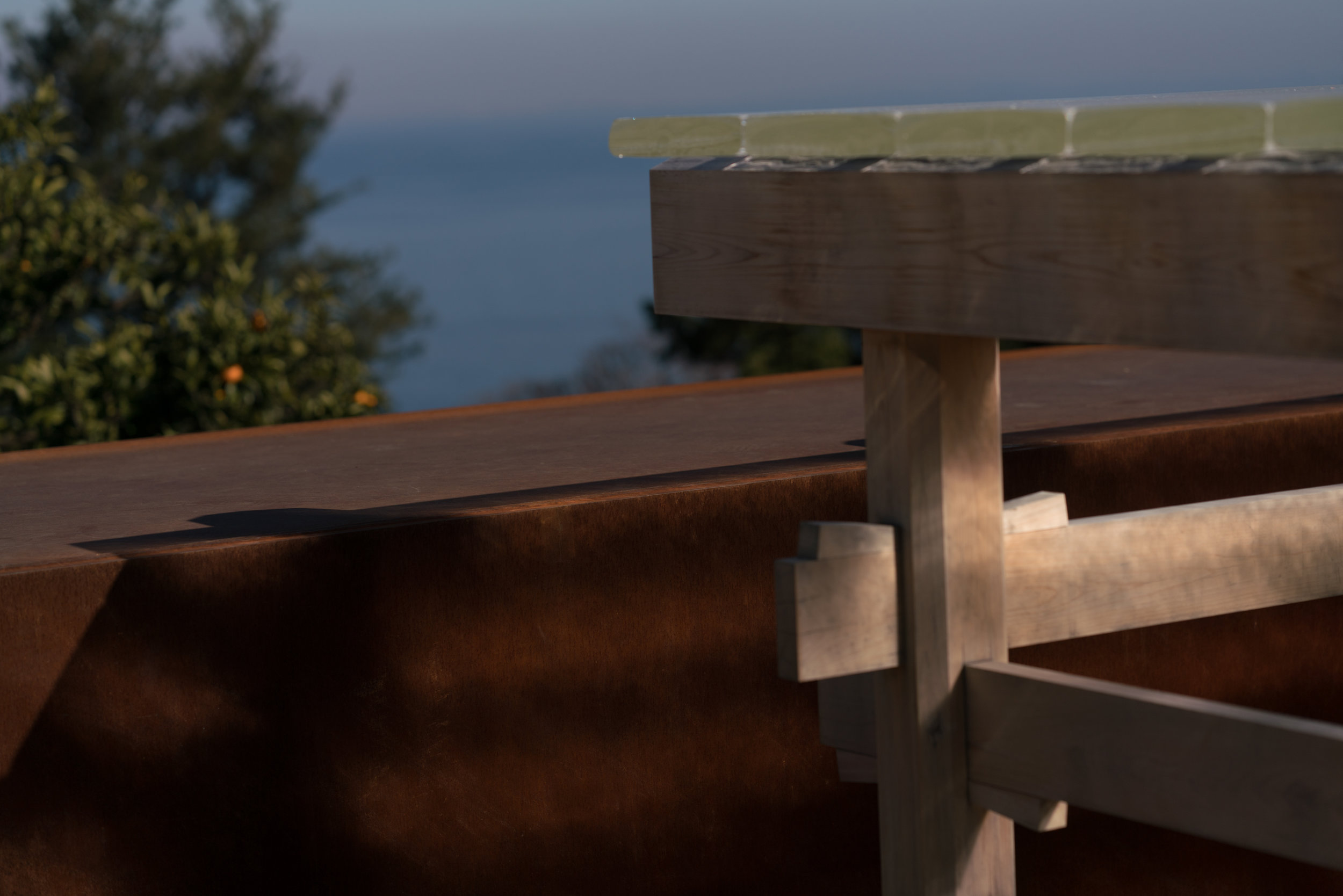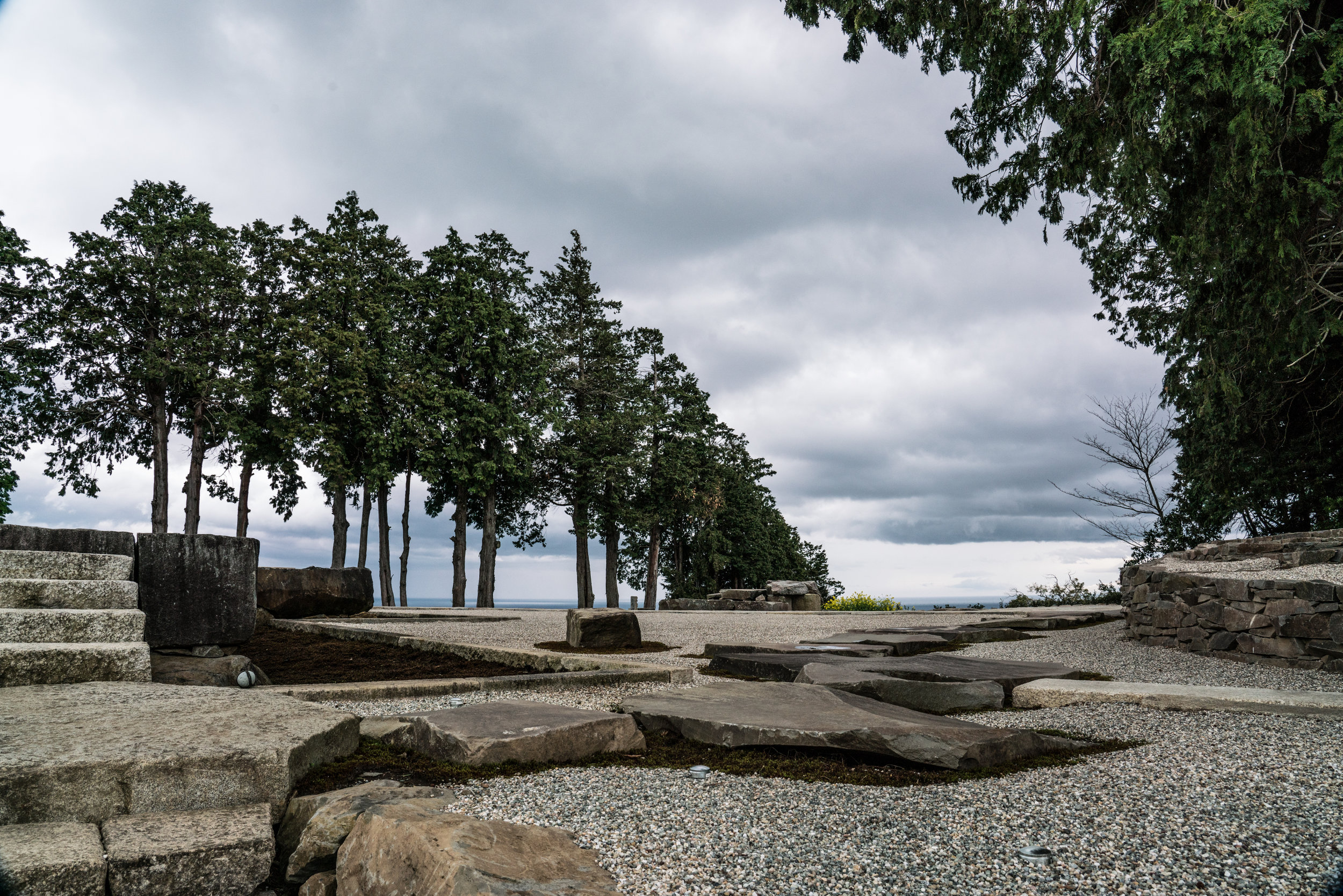ENOURA
‘At the dawn of history, when the ancients first gained self-awareness, their first step was to search for and identify the place they occupied within the vastness of the starry firmament. This search for meaning and identity was also the primal force behind art’.
The winter solstice, when new life is reborn; the summer solstice, when the great pendulum of the seasons swings back again; the spring and autumn equinoxes, milestones at the midpoint between extremes.
‘Today, as we stand at a critical point in our evolution, art has lost its onetime clarity of purpose. What should art today express? We cannot answer this question simply, but what we can do is return to the wellspring of human consciousness, explore its sources, and chart the course it has followed thus far’.
Situated against the backdrop of Hakone Mountains and overlooking the Pacific Ocean, Enoura Observatory is a meditative space designed to "help visitors return to the wellspring of their consciousness" -- or connect them with the primal forces of nature.
Hiroshi Sugimoto, who worked on the concept for more than a decade, conceived it as a means of re-experiencing the sensation of ancient man as he became aware of the passing of time.
The complex includes two structures for celebration of solstices -- a winter solstice light-worship tunnel and a 100-meter long gallery that captures first rays of summer solstice sunrise. There is also an ancient theather with optical glass stage, a tea house, a gallery space and several other structures, which all interact with their natural surrounding -- an old citrus grove atop of the cliff overlooking Sagami Bay.
Sugimoto, who throughtout his career experimented iwth photography, sculpture, theater, and architecture, was keen on using traditional methods and materials.
